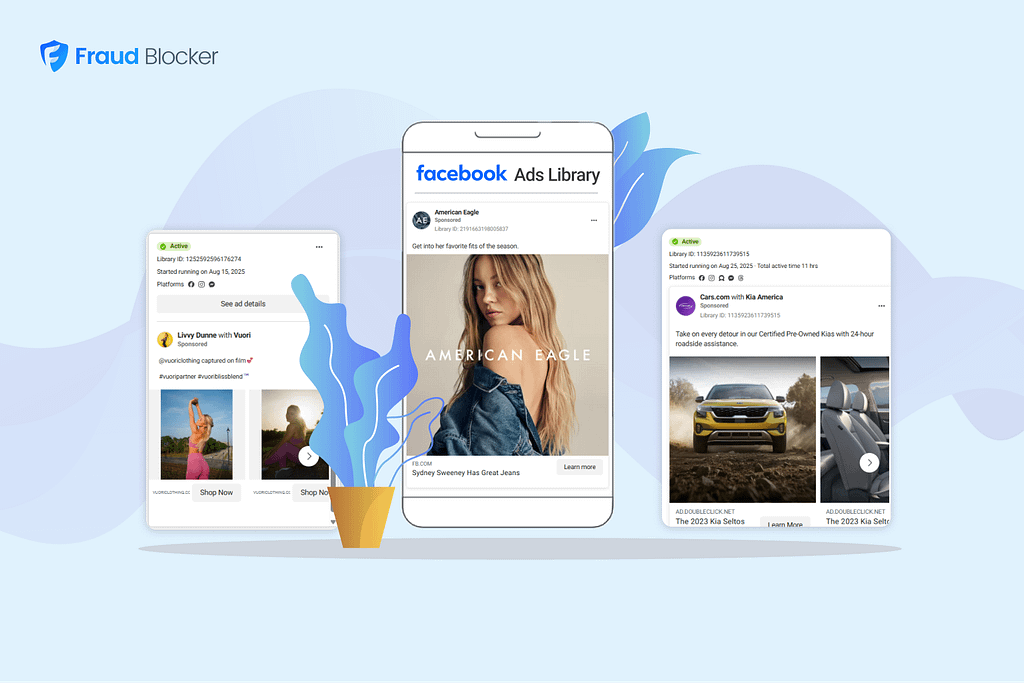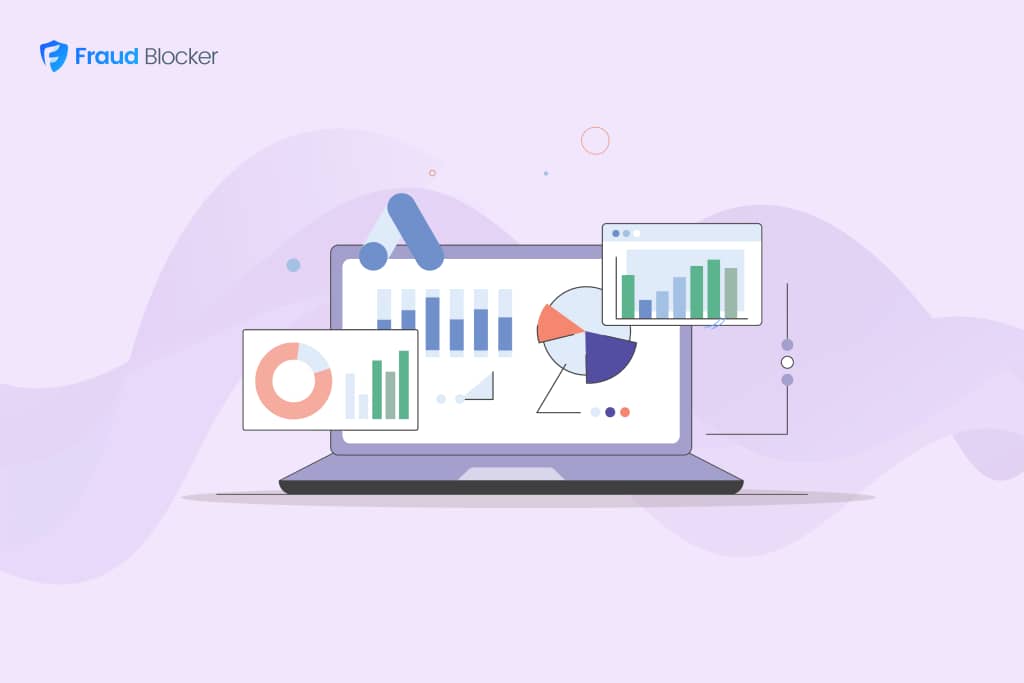
New report:
Invalid Click Rate Benchmarks


Click fraud is costing advertisers billions in loses. Learn more here.

Click fraud is costing advertisers billions in loses. Learn more here.
Lead generation fraud is costing your business more than they realize.
You can spend thousands on ads, drive what looks like solid pipeline volume, and still come up empty-handed. No conversions. No quality lead data. Just poor campaign performance, and blame passed around between sales, marketing, and customer service teams.
What makes this worse? Fraud isn’t always obvious. It hides inside your Cost per Lead (CPL), masked by vanity metrics and bloated lead lists that seem healthy on paper.
Here are steps you can take to understanding lead generation fraud and how to reduce the volume of bad leads you receive.
Lead generation fraud is when fake, low-quality, or intentionally misleading leads are submitted through paid channels, often for the purpose of stealing ad budget.
Fraudsters, and even lead generation partners can fill your lead gen forms with junk data. They create fake sessions and populate your fields with throwaway info to trigger payouts.
Lead generation fraud is a type of ad fraud because both involve malicious tactics that steal from your ad spend without delivering real value. However, they differ in where the fraud happens and how it’s executed.
Read more: The biggest cases of ad fraud that we know of.
Lead generation fraud exploits the way advertisers track and reward conversions. Whether it’s via affiliate links, paid search, social campaigns, or display ads, fraudsters insert fraudulent leads and form fills into your funnel and inflate results.
Here’s how lead generation fraud typically works:
This is similar to affiliate fraud, and it thrives when no one is looking closely at what happens after the form fill. And unless you’re filtering and validating leads aggressively, it’s easy for this to scale unnoticed.
Read more: How Fraud-as-Service is making online fraud easier than ever.
Lead fraud comes in a few distinct flavors. Each has its own markers, and each damages your business in a different way.
Lead generation fraud occurs everywhere, and businesses are at risk of underestimating just how much damage it’s doing.
23% of marketers experienced lead generation fraud in 2020, according to marketing profs. On top of that, the respondents in the same study believed that as much as 25% of their first-party databases could be fake leads.
Gleanster Research puts the real number much higher than this, stating that only 25% are actually genuine leads that should be handed to your sales team.
That means of every $100 spent on lead gen, only $25 only actually works for you. The rest is lost to fraud.
But the problem is bigger than just losing money. Lead generation fraud also distorts your future marketing efforts since you waste resources chasing down invalid leads.
The Telephone Consumer Protection Act (TCPA) One-to-One consent rule is mandating that businesses need express consent for every telemarketing lead contacted. No more shared lists or generic disclosures.
Even though this doesn’t apply to all lead generation campaigns, it’s a marker of things to come. If your lead funnel doesn’t capture explicit, brand-level consent, you could face fines of up to $1,500 per call.
Even though this rule is temporarily paused, experts expect it to return soon. But that’s just the beginning of compliance regulations your business needs to be aware of.
In California, the CCPA gives users the right to opt out, access, or delete their data. And over in the EU, GDPR requires proof of consent, clear opt-ins, and the right to be forgotten.
If you’re buying leads that were sold without offering these options, or if your lead gen partners can’t provide proof of permissions, your business could be liable.
Compliance is no longer optional, and it’s not something you can fully outsource. Ask every lead affiliate the hard questions:
Our team has spoken with hundreds of clients dealing with fake leads, and here are the biggest signs we’ve noticed.
💡 Pro Tip: A high Device-to-IP ratio is a signal for ad fraud. Read more about how Fraud Blocker uses Device-to-IP ratio to flag and block suspicious campaign activity.
Preventing lead generation fraud isn’t about catching every bad actor. It’s about making it harder, more expensive, and less effective for them to target your campaigns. Here’s what that looks like in practice:
If left unchecked, lead fraud becomes a problem for all your marketing efforts, not just the current campaign. It can affect your reporting thereby spreading to future campaigns, waste your budget, and send your sales teams on a wild goose chase. And as new privacy regulations tighten the screws, the cost of ignoring it also keep rising.
The good news is, you don’t need to overhaul your entire funnel. You just need to see what’s really happening inside it.
Fraud Blocker gives you that visibility. Our click fraud prevention platform monitors traffic in real time, flags suspicious behavior before it turns into fake leads, and helps you keep bad actors out of your campaigns.
Try Fraud Blocker with a 7-day free trial and start blocking fake leads from entering your pipeline.


